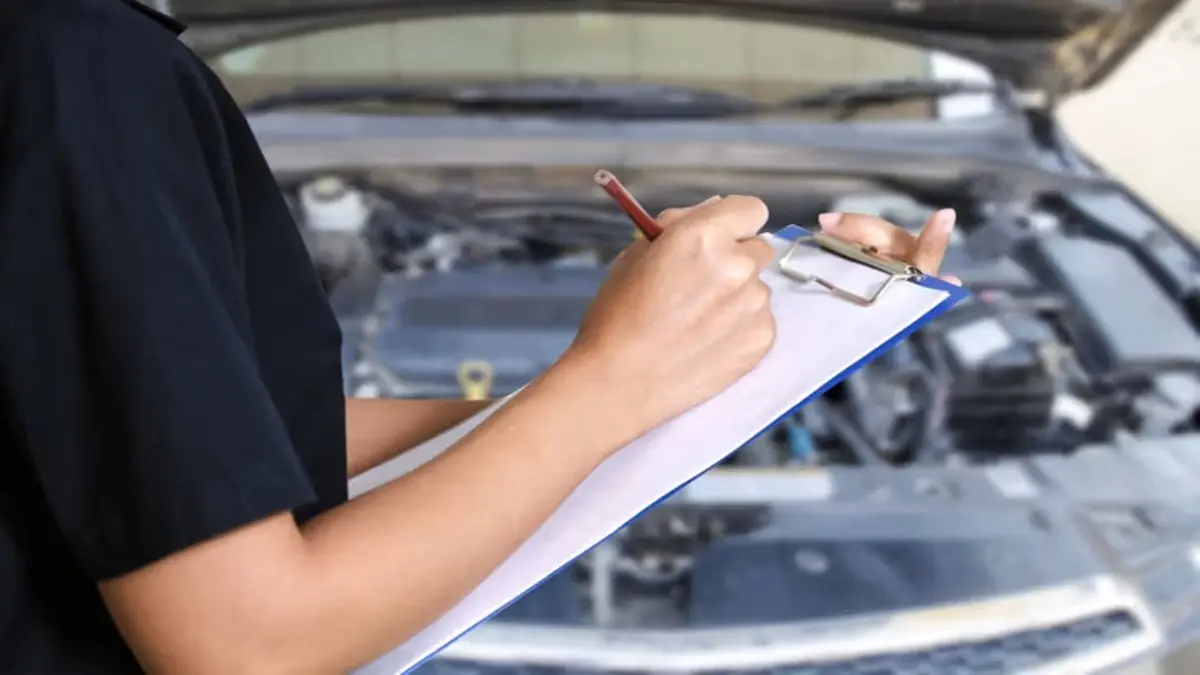Updated 1 April 2025 at 20:32 IST
How To Check If A Used Car Has Been In An Accident Before You Buy It
Many buyers unknowingly purchase accident-damaged vehicles, only to face costly repairs and safety risks later.
- Initiatives News
- 4 min read

Are you planning to buy a used car in Bangalore but worried about hidden accident damage?
Many buyers unknowingly purchase accident-damaged vehicles, only to face costly repairs and safety risks later.
Accident damage can affect a car’s performance, safety, and resale value, making it crucial to check a vehicle’s history before committing to a purchase. Fortunately, with the right knowledge, you can identify accident damage and make an informed decision.
We will walk you through step-by-step methods to identify signs of accident damage and ensure you’re investing in a safe and reliable vehicle. Whether you’re exploring used cars in Bangalore or checking out second-hand cars in Bangalore, these tips will help you avoid costly mistakes.
Advertisement
What is an Accidental Vehicle?
An accident-damaged vehicle is any car that has been involved in a road collision, regardless of the severity. Some accidents cause minor scratches and dents, while others result in structural damage that compromises safety.
How Accidents Affect a Car’s Condition
- Structural Integrity – Damage to the car’s frame or chassis can make it less stable.
- Mechanical Issues – The engine, suspension, and alignment may be affected.
- Hidden Problems – Issues like airbag deployment, wiring damage, or fluid leaks might not be immediately visible but can cause long-term issues.
In a busy city like Bangalore, where traffic congestion increases accident risks, it is essential to thoroughly inspect any used car before making a purchase.
Advertisement
How to Spot Accident Damage with a Detailed Car Inspection?
- Physical Inspection of the Car
A visual inspection can reveal signs of past accident damage. Look closely at the car’s exterior bodywork and paint condition.
Signs to Look For:
- Mismatched Paint: If different panels have slightly different shades, the car might have been repainted after an accident.
- Dents and Scratches: Some damages are repaired without proper repainting, leaving visible imperfections.
- Misaligned Panels: Gaps between the doors, bonnet, and trunk should be uniform. If they seem uneven, it could indicate a previous accident.
- Replaced Parts: If certain sections of the car appear newer than others, they may have been replaced due to damage.
Quick Tip: View the car under natural daylight to spot colour inconsistencies easily.
- Examine the Car’s Underbody and Chassis
Many accident repairs focus on visible areas, potentially leaving hidden structural damage undetected. That’s why checking underneath the car is crucial.
What to Inspect:
- Weld Marks or Rust: If you see fresh welds, it could mean a section of the car was repaired or replaced.
- Bent or Twisted Chassis: Look for uneven metal parts, especially near the chassis.
- Rusty Bolts & Screws: If the underbody bolts seem newer than the surrounding areas, they may have been replaced post-accident.
- Check the Interior for Clues
The inside of a car can also reveal hidden accident history.
Key Indicators:
- Airbag Cover Damage: If airbags have been deployed and replaced, the steering wheel or dashboard might show signs of tampering.
- Misaligned Dashboard & Seats: If the dashboard looks uneven or the seats feel loose, it could indicate structural shifts due to an accident.
- Seatbelt Condition: Seatbelts that appear frayed or loose might have been stretched due to a crash impact.
Pro Tip: Check the car’s roof liner as well—if it’s loose, it might suggest past airbag deployment or impact damage.
- Review the Car’s Service and Accident History
In India, in most cases sellers are not legally required to disclose a vehicle’s accident history to buyers. As a result, it is the buyer’s responsibility to investigate the car’s history before purchasing. Conducting thorough research and verifying records can help avoid costly surprises later.
Authorised Service Centre (ASC)
A car’s service history can reveal a lot, including any past accidents. Most owners take their vehicles to authorised service centres during the warranty period, making it a good place to check for gaps in servicing. Missing records or unusual repairs in the service history could be red flags. Always request service records and review them carefully.
Insurance Companies
Another reliable way to check for accident history is through the insurance provider that issued the current or previous policy. Any significant claims could indicate past accident repairs. If possible, verify whether any major damages were claimed and repaired.
5. Get a Professional Inspection
While personal inspections help, a trained mechanic can detect hidden accident damage that the untrained eye may miss.
Benefits of a Professional Inspection:
- Identifies engine damage, chassis issues, and hidden frame repairs.
- Ensures electrical components (like airbags, ABS, and sensors) are in working condition.
- Provides a detailed report that helps in negotiation or decision-making.
The Final Words
Buying a used car can be a great decision if you take the right precautions. Accident-damaged vehicles may have hidden risks, so it’s essential to inspect both visible and underlying components before purchase.
A well-maintained second-hand car in Bangalore offers great value, but accident damage can lead to costly repairs. By following these checks, you can confidently buy a used car that is safe, reliable, and worth every penny.
Published By : Abhishek Tiwari
Published On: 1 April 2025 at 20:32 IST
